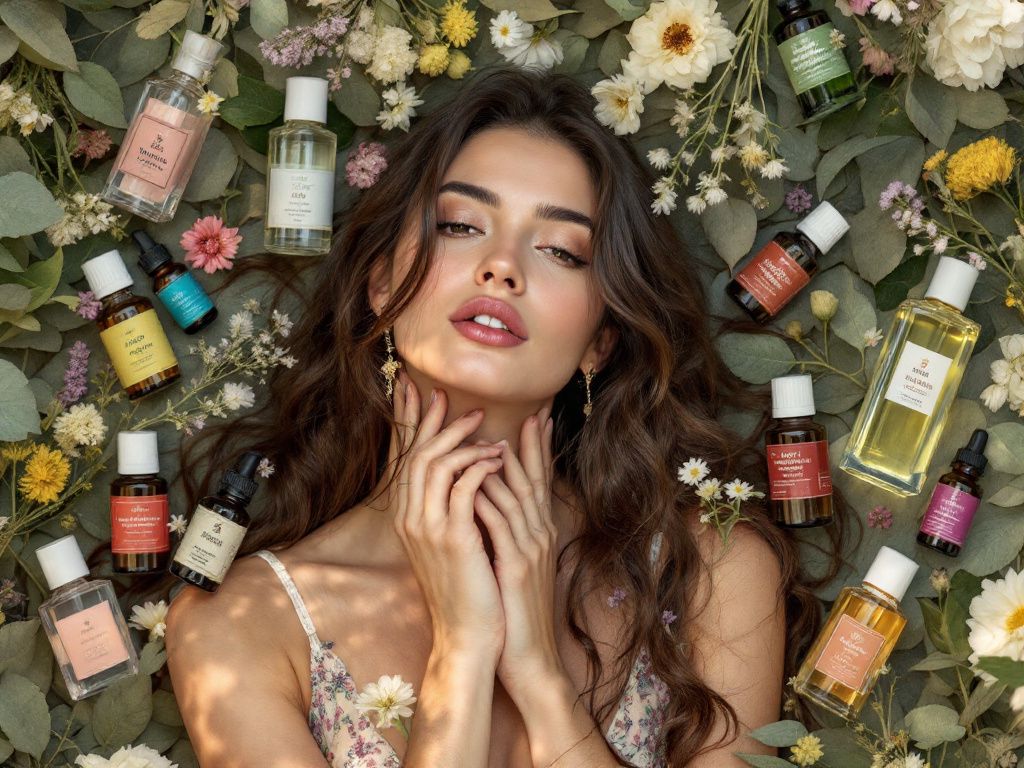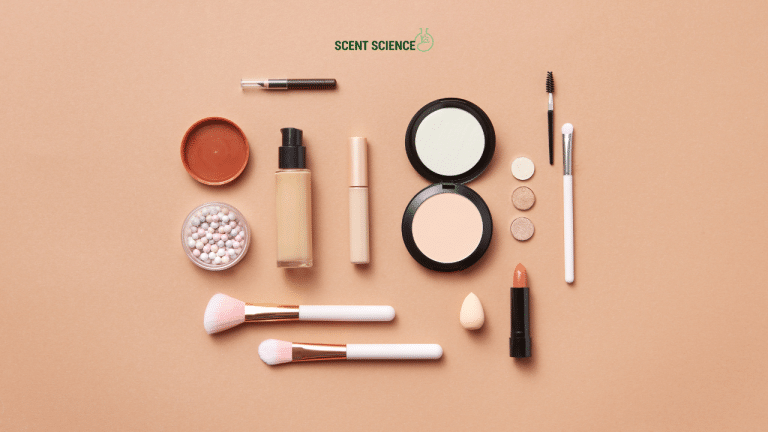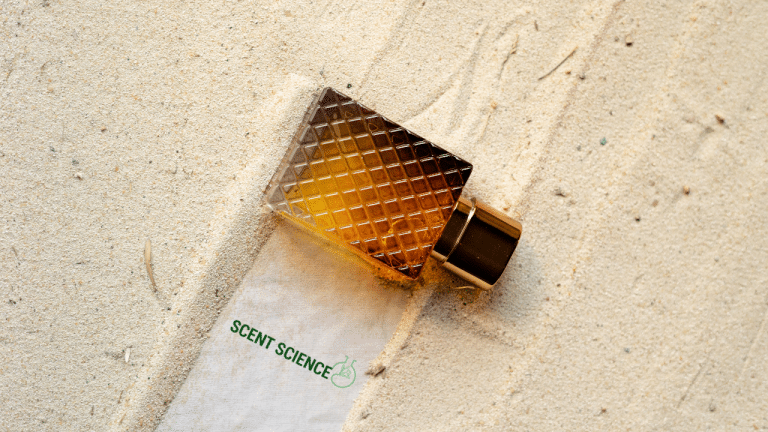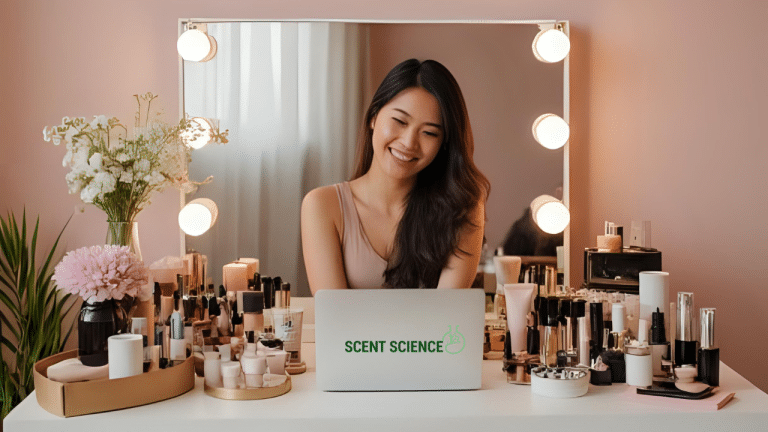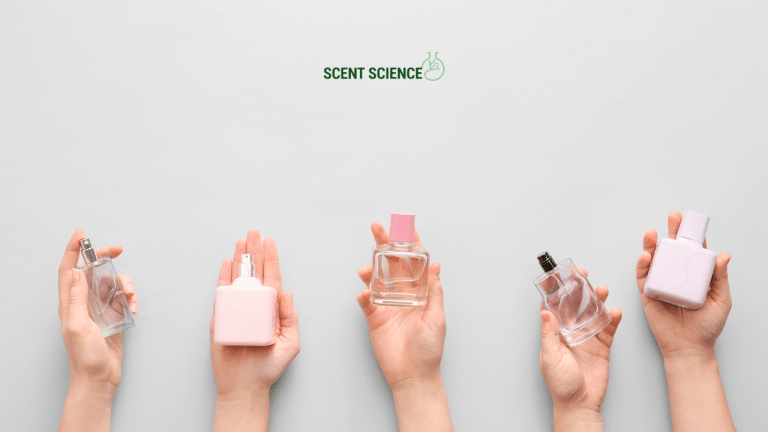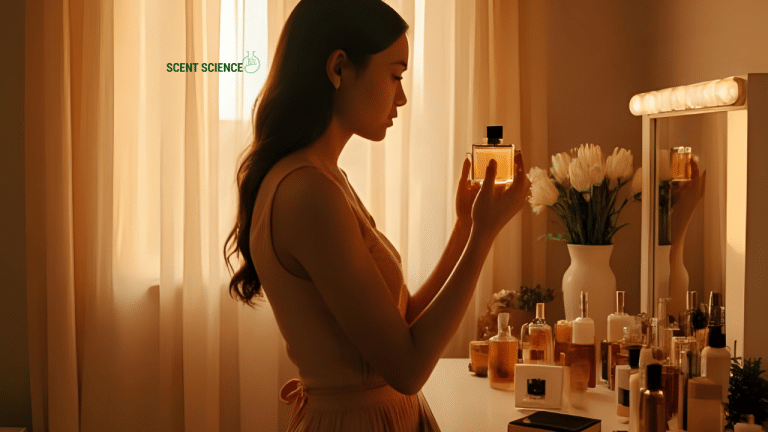In the intricate layering of our memories, scent often acts as the unsung hero. According to researchers, the olfactory system is directly linked to the limbic system—the part of our brain responsible for recollection and emotion. Imagine harnessing this potent tool to create personal rituals that not only ground you in the present but also elevate your everyday experiences 🌿. Welcome to the art and science of building a personal fragrance routine—a sensory fragrance experience that engages mind, body, and spirit. Whether you yearn for calming mornings, productive afternoons, or restful evenings, your personalized scent ritual can cater to it all.
Delve into this emotionally intelligent guide, designed to equip you with the technical know-how and inspiration to master your signature scent routine. As we navigate through the nuances of fragrance selection and mindful application, know that you are embracing a practice celebrated across cultures and centuries.
Table of Contents
ToggleUnderstanding the Chemistry of Fragrance
Exploring fragrance requires a technical understanding of its composition. Fragrances are typically created using three layers: top notes, middle notes (or heart notes), and base notes.
Top Notes
Top notes are the initial declination. These ephemeral notes, often fruity or citrusy, last around five to fifteen minutes but don’t underestimate their power—they’re your first impression.
Middle Notes
Middle or heart notes rise as top notes fade. These tend to be floral or herbal, forming the core of the fragrance, contributing to your sensory fragrance experience for twenty to sixty minutes.
Base Notes
Base notes are the fragrance’s foundation. They often remain long after application, anchored in your subconsciousness. Rich and sturdy, like woodsy or musky elements, they last several hours.

Real-World Fragrance Layering
Anna, a 35-year-old marketing executive, shared her routine: “I start each day with a citrus mist containing vibrant top notes to wake me up, followed by applying a floral perfume layer I know will deepen throughout the afternoon with its heart notes.”
Creating Your Signature Scent Ritual
The sensory fragrance experience is not complete without the conscious act of creation. Ritual creation demands mindful choices reflective of your personality, lifestyle, and intentions.
1. Define Your Scent Goal
Begin by identifying what each fragrance segment signifies. Whether you intend to inspire, calm, or energize, your intent should shape your selection.
- Morning: Imagining the motivation to conquer your day? Opt for citrus or mint to invigorate the senses.
- Midday: Desiring focus and productivity? Choose herbal heart notes like rosemary or sage.
- Evening: Winding down calls for lavender or sandalwood, promoting relaxation.
🔹 **Pro Tip**: Consider cultural influences in scent preferences—lemon balm has long been used in Europe for stress relief.
2. Sample and Reflect
Visit boutiques or peruse online retailers offering trial-sized portions. Take time engaging with different aromas to build familiarity and comfort.
Experiment Stage
Start with individual samples or explore brands offering three to five mini-size options aligned with the olfactory pyramid model. Over the course of a week, note which combinations evoke desired emotions throughout your day—trust your instincts here.
> Consumer studies by the Fragrance Foundation indicate that 80% of buyers select scents based on emotional responses rather than attributes alone.

3. Explore Textures
Beyond perfumes, incorporate body lotions, bath oils, or room diffusers. The goal: consistency in experiencing layers of your personal narrative.
Texture Case Study
Jamie, age 28 and an interior architect, integrates fragrance by using patchouli-infused bath oil at night. She then carries her complementary lavender roll-on, expertly extending these base notes.
Technical Breakdown: The Science of Mindful Application
Pulse Points & Sillage
Apply scents on pulse points, where warmth enhances the fragrance’s natural evolution. Areas like wrists, neck, and behind knees generate stronger sillage, boosting projection.
Longevity Enhancement
Long-lasting scents often surprise users due to varying skin types. Factors include hydration levels, skin pH, and ambient weather conditions.
Techniques for Longevity
- Apply unscented moisturizer prior to fragrance for optimal adsorption.
- Layer pairings: lotion, perfume, and a scented end flourish, such as hair mists.
Safety Standards

Ensure safety by referencing the International Fragrance Association (IFRA) standards. Test scents for allergies on small skin areas before committing.
Real-world Application: Scent as Companionship
For example, facilitators, working amidst heightened stress, often apply particular blends to create “fragrance boundaries,” alleviating pressure in between seminars. This customization offers emotional support, validating the intrinsic link between scent and psychological betterment.
Statistics on Mood Improvement
According to a white paper by the Research Institute for Fragrance Materials (RIFM), olfactory stimuli have increased mood positivity by approximately 34% in monitored subjects during tests with fragrant environments.
Industry Innovations and Future Trends
As natural beauty expands, fragrance houses are now meeting consumer demands with transparency and ethical sourcing. Powered by AI, scent creation foresees clients designing bespoke fragrances using personal profiles and botanical databases.
Eco-friendly Tech Advances
AI-driven systems track climate impact and eco-conscious methods, solidifying an inclusive and adaptive industry narrative 🌍. This societal shift emphasizes sustainability, prominently changing our affinity patterns globally.
Embrace Your Journey. Embrace Your Scent.
As we culminate this sensory art form, relish in the liberating act of establishing your meditative retreat through scent. By combining technical insights and self-reflective experiences relevant to ritual creation, align yourself with an authentic narrative.
Remember, fragrance is an invisible yet undeniably tangible fabric within our lives—guiding us, comforting us, and ultimately connecting us with who we wish to become. Harness this wisdom, let your emotions lead, and transform the routine into a cherished ritual, your sensory fragrance experience defining beauty and balance one breath at a time ✨.
Frequently Asked Questions
What are the benefits of using a hair mask in my hair care routine?
Using a hair mask can provide several benefits, including hydration, smoothing, strengthening, curl definition, heat protection, and damage repair. Hair masks infuse the hair with moisture, help coat the hair shaft to seal split ends, reduce breakage, and protect the hair from heat styling and environmental damage[1][4].
What ingredients should I look for in a hair mask?
Effective hair masks often include ingredients such as coconut oil, argan oil, shea butter, honey, avocado oil, green tea, and coconut water. These ingredients provide nourishment, moisturize, and protect the hair, offering benefits like softening, moisturizing, and protecting against damage[2][5].
How often should I use a hair mask in my routine?
You should use a hair mask whenever your hair feels dry, unmanageable, or in need of intense hydration. This can vary depending on your hair type and needs, but generally, using a hair mask once or twice a week can help maintain healthy and moisturized hair[1][4].
How do I apply a hair mask for the best results?
To apply a hair mask effectively, shampoo your hair first, then apply the mask, focusing especially on the ends where hair tends to be the most damaged. Leave the mask on for anywhere from 10 minutes to overnight, depending on the type of mask and your hair’s needs[1][4].
References
